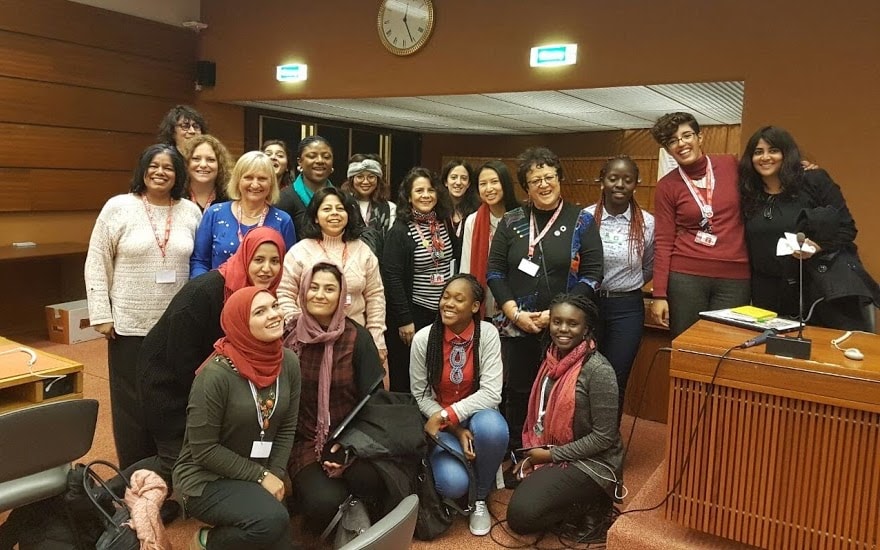The Internet has helped to empower communities of across the globe. However, existing gender disparities, discrimination, and inequalities, especially faced by women living in the Global South, including the least developed countries, has had a considerable impact on the digital gender divide, leading to the digital exclusion of women.
A study “Views & Perspectives on Gender Rights Online, for the Global South”, was undertaken by Amrita Choudhury, CCAOI & Asia Pacific lead for the Internet’s Society SIG Women and Nadira AL Araj, ISOC Palestine and MENA Civil Society activist, to identify the main challenges towards improving the gender access and rights online, especially in the Global South; highlight the best practices which nations or regions have adopted to overcome those challenges; and suggest policy areas which need reforms.
In addition to relying on secondary sources, the opinions of 19 experts from 15 countries and responses of 162 people from 54 countries were sought. The findings were further discussed and validated through a workshop at the Internet Governance Forum (IGF) 2017 “Redefining Rights for a Gender Inclusive Connected Future (WS 102) and then compiled into a report.
The top challenges identified across the Global South hampering the creation of a gender-inclusive digital world include existing social and cultural norms in society about the role of women. Other challenges include low literacy rates, lack of digital and ICT skills, concerns of trust and privacy, and lack of relevant content for women. In addition, limited access to infrastructure and resources, including financial support and opportunities, workplace limitations, few role models, and limited platforms to interact and network are other challenges. The lack of a comprehensive approach towards women’s empowerment, including understanding the concepts of gender equality and inadequate policy implementation of existing policies, is further aggravating the situation. Additionally, the lack of systemic data and evidence on barriers and enablers to technology, especially related to gender is limiting decision-makers from taking a comprehensive view on issues related to gender rights online.
Some of the policy reforms suggested in the paper to improve gender rights online include: implement better and effective policies; focus on promoting literacy, ICT skills, and Science Technology Engineering and Math (STEM) studies amongst women, and encourage digital literacy; create policy reforms to ensure gender-inclusive access to the Internet; build trust online, including better legislation and enforcement of laws against online harassment; create economic incentives to encourage diversity in the workforce; encourage more engagement amongst women networks; and promote content in local languages.
Government-led initiatives and reforms are considered most important for improving gender rights online. Moreover, since under SDG goal 17 all government policy makers are mandated to include policy related to reduce the gender gap, it is the government’s responsibility to create an enabling environment where the gender gap is reduced. However, the correct implementation and execution of these policy reforms was felt to be more critical. Proactive initiatives by businesses, awareness and capacity building by civil society, and technical innovation by the technical community are also considered important.
As the next step, the authors of the report are looking for opportunities to conduct a more in-depth study on the subject as the topic needs further investigation.
Ready to help close the digital gender divide? Join SIG Women!

